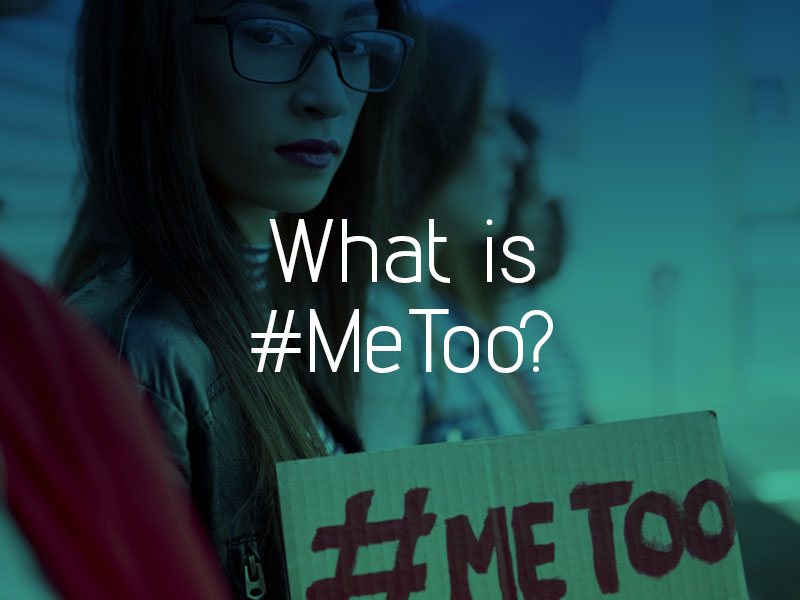In recent years, you may have seen the hashtag #MeToo on the news, at political events and rallies, and on social media sites like Twitter, Facebook, and Instagram. The purpose of the #MeToo movement is to provide a platform for survivors of sexual violence to share their stories, helping bring awareness to how rampant and widespread this issue is.
How Did the #MeToo Movement Begin?
In 2006, Tarana Burke founded the #MeToo movement to empower young women, particularly Black girls and other young women of color from low-income backgrounds, to share their experiences with sexual assault and to break the silence that can often cloud these experiences. In low-income communities, the resources necessary to seek justice and support following sexual assault are often scarce – and the #MeToo movement aims to educate and support survivors in these communities.
Initially, the movement began on the social media platform MySpace and saw a resurgence on Twitter in 2017 after the sexual abuse allegations against Harvey Weinstein came to light. Burke coined the phrase after she was unable to respond to a 13-year-old girl who confided in her that she was a victim of sexual assault. Burke later stated that she wished she could simply tell the girl “Me too.”
Now, many people use this phrase to share their stories – some simply post a status with the phrase, while others share their stories in more detail. The #MeToo movement allows all survivors to break the silence that often surrounds these experiences, and to help others know that what happened to them was not their fault.
The #MeToo Movement’s Impact
As more people came forward with their sexual assault stories during the resurgence of the #MeToo movement in 2017, survivors named their abusers and several high-profile stories emerged about other abusers like Weinstein. These exposures led companies to fire people from their jobs, inspired governments to pass legislation to support survivors of sexual assault and harassment, and gave survivors an opportunity to seek justice.
In addition, the movement opened up larger conversations about sexual violence and the definition of consent. The #MeToo organization, under Burke’s leadership, continues to provide resources and empowerment to support marginalized survivors of sexual violence.
For example, Burke has developed a culturally-informed curriculum on sexual violence in Black communities, and the movement provides resources using community-based action and survivor-led leadership.
What to Do After a Sexual Assault
If you are the survivor of a sexual assault or another act of sexual violence, it is important to remember that you are not alone – and the strength of the #MeToo movement proves this. What happened was not your fault, and it is important to hold the perpetrator accountable for his or her actions.
The aftermath of an assault can be scary and disorienting. You can follow these steps to get to a safe place and preserve evidence as you seek help.
- As soon as possible, get to a safe place and call for help. You can call 911, a trusted friend or family member, a survivor support hotline, or any other resource or person you trust.
- After you call for help or if you do not want to call for help, go to a hospital or clinic that performs sexual assault forensic exams. This process involves taking several samples of DNA and clothing, treating any injuries, and performing some tests to ensure that you are not pregnant or have an STD. If you are unsure of whether or not you want to report the incident to the police, the hospital will store your exam in case you decide to report in the future.
- Before you go to the medical exam, it is important to preserve as much evidence as possible. Refrain from taking a shower, washing your hands, going to the bathroom, brushing your teeth or hair, or changing your clothes before you go to the hospital.
The #MeToo movement provides a place where people around the world can safely share their experiences with sexual violence and raise awareness to this pervasive issue. If you are a victim of sexual violence, you are not alone – and you have pathways to seeking justice from the perpetrator. Speak to a sexual assault attorney to discuss your legal options and to begin building your case.

